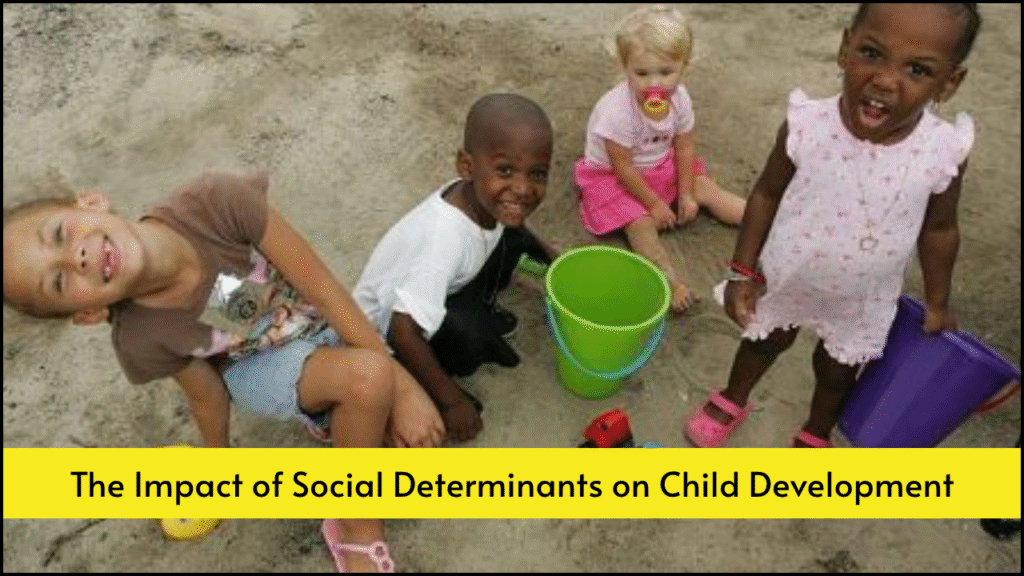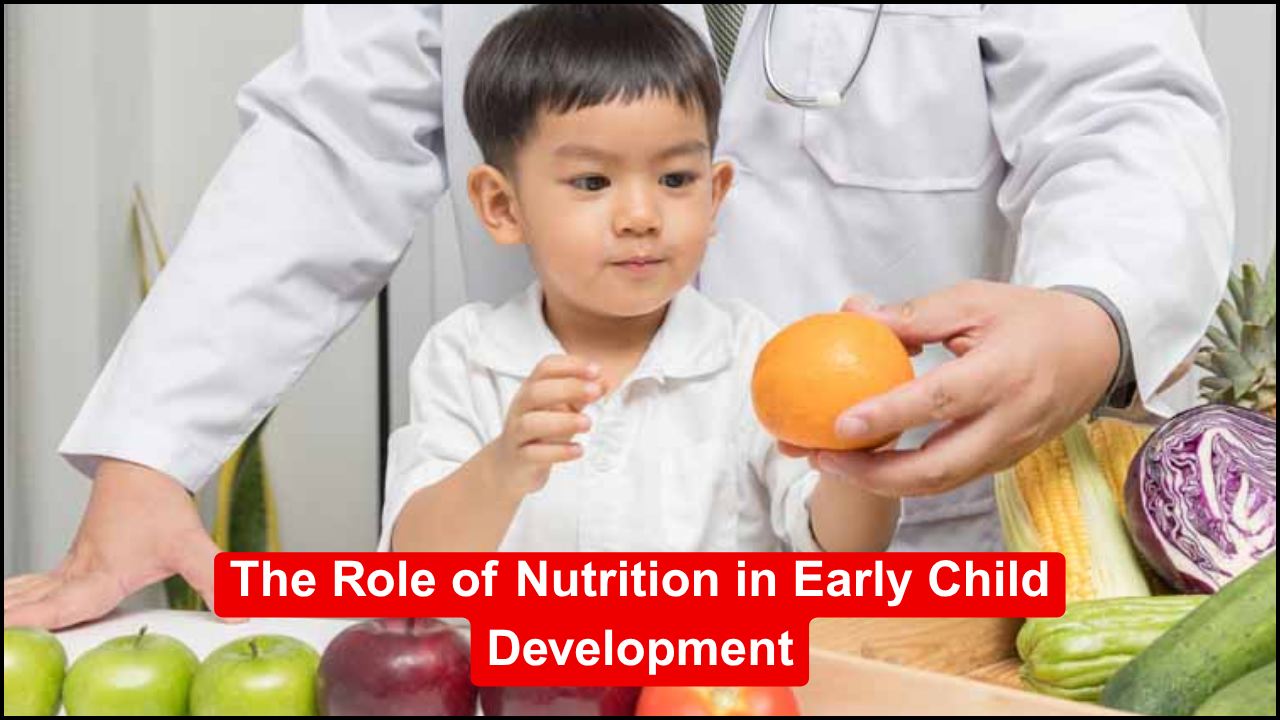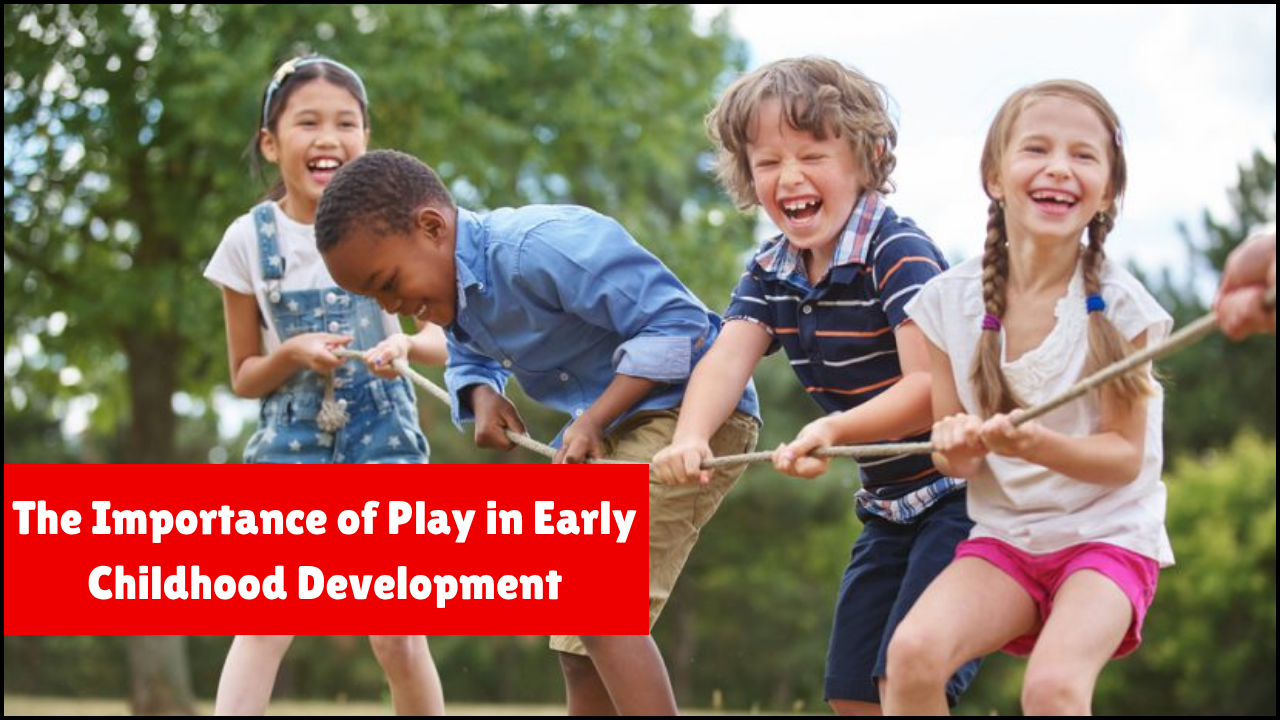
Child development reflects more than just physical growth and academic learning. Social determinants—conditions in which children are born, grow, live, and interact—play a vital role in shaping health, behavior, and long-term outcomes. These determinants span across multiple domains, including education, family income, access to healthcare, housing quality, and neighborhood safety. Early exposures to positive or negative environments often lead to advantages or disadvantages that influence a child’s full potential. Understanding the impact of these determinants is crucial for parents, educators, and policymakers to ensure healthy childhoods and future well-being.
Table of Contents
Key Social Determinants Affecting Child Development
- Family Income and Economic Stability
- Poverty limits access to nutritious food, quality education, and safe housing.
- Children from low-income families are at higher risk of cognitive delays and behavioral issues.
- Parental Education Level
- Parents with higher education levels tend to provide enriched learning environments.
- Language development and early literacy skills are significantly higher among children with educated caregivers.
- Access to Quality Healthcare
- Regular check-ups and immunizations improve developmental tracking.
- Early diagnosis of health or developmental delays leads to better outcomes.
- Nutrition and Food Security
- Undernourishment impairs brain development and academic performance.
- Access to a balanced diet promotes emotional and physical growth.
- Housing and Environmental Conditions
- Overcrowded or unsafe housing increases exposure to illness and stress.
- Stable and safe living environments support emotional security.
- Early Childhood Education and Care
- Participation in preschool programs fosters social and cognitive skills.
- Quality early education can bridge developmental gaps from disadvantaged backgrounds.
Detailed Overview of Each Determinant
| Social Determinant | Influence on Child Development |
|---|---|
| Family Income | – Low income increases exposure to chronic stress – Limited access to extracurricular activities – Greater likelihood of academic underachievement |
| Parental Education | – Enhances parental involvement in learning – Boosts early literacy and language skills – Encourages problem-solving and critical thinking |
| Healthcare Access | – Ensures timely vaccinations and developmental screening – Reduces absenteeism due to illness – Improves chronic disease management |
| Nutrition | – Supports brain development and physical growth – Deficiency leads to fatigue and attention issues – Correlates with better school performance |
| Housing Quality | – Prevents exposure to toxins like lead or mold – Reduces incidents of injuries – Promotes consistency and routine |
| Educational Opportunities | – Builds foundational cognitive skills – Fosters socialization with peers – Encourages early interest in learning |
| Neighborhood Safety | – Reduces trauma and stress in children – Supports outdoor play and community interaction – Encourages school attendance |
| Parental Mental Health | – Impacts emotional availability and responsiveness – Influences attachment and trust formation – Affects child’s coping and emotional regulation |
| Cultural and Social Norms | – Shapes values, behaviors, and expectations – May encourage or limit gender roles and expression – Affects participation in education and healthcare access |
Long-Term Impacts of Social Determinants
- Academic Achievement
- Educational disparities often start before formal schooling.
- Early disadvantages correlate with lower graduation rates and test scores.
- Mental Health and Emotional Development
- Chronic stress and instability can result in anxiety, depression, or conduct disorders.
- Secure family environments nurture confidence and self-esteem.
- Social Skills and Peer Relationships
- Children in nurturing environments tend to build better interpersonal skills.
- Exposure to violence or neglect often leads to social withdrawal or aggression.
- Physical Growth and Motor Skills
- Adequate nutrition and physical activity support motor coordination.
- Poor housing or a lack of play areas hinders physical development.
- Future Economic Status
- Early support leads to better career readiness and income levels.
- Cycles of poverty often repeat without intervention in early childhood.
Protective Factors That Counteract Risks
- Strong Parent-Child Bond
- Emotional security supports exploration and learning.
- Responsive caregiving mitigates the effects of external stressors.
- Community Programs and Support Services
- Access to after-school programs and community centers fosters engagement.
- Mentorship and counseling services provide stability.
- Early Intervention Services
- Speech, occupational, or behavioral therapies address issues early.
- Programs like Head Start boost readiness for school.
- Policy-Level Interventions
- Affordable housing initiatives reduce family stress.
- Nutrition assistance programs ensure food security for low-income households.
Comparative: High vs. Low Social Support in Childhood
| Domain | High Social Support | Low Social Support |
|---|---|---|
| Health | Timely medical care and prevention | Unmet medical needs, delayed diagnoses |
| Education | Enriched learning environments, support from parents and teachers | Poor academic performance, high dropout rates |
| Mental Well-being | Emotional regulation, fewer behavioral issues | Chronic stress, anxiety, aggression |
| Social Integration | Active peer relationships, participation in group activities | Isolation, bullying, and low self-confidence |
| Economic Outcome | Greater job opportunities and stability in adulthood | Intergenerational poverty and job insecurity |
Policy and Social Recommendations
- Investment in Early Childhood Education
- Expansion of affordable and high-quality preschools.
- Mandatory developmental screening in early years.
- Parental Support Initiatives
- Parenting classes and home-visit programs.
- Support for single-parent and low-income families.
- Community Infrastructure
- Safer neighborhoods with access to parks and recreation.
- Availability of libraries, clinics, and youth centers.
- Nutrition and Food Policies
- Free meal programs in schools.
- Subsidized groceries or food stamps for underprivileged families.
- Mental Health Services
- Integration of child psychologists in schools.
- Helplines and peer support for at-risk children.
Last Words
Social determinants deeply influence every stage of a child’s development—from physical growth to emotional intelligence and academic success. Stable family income, educated caregivers, and supportive community structures act as catalysts for healthy development. In contrast, deprivation in these areas creates long-term developmental risks. Strategic interventions from both policymakers and community stakeholders can reduce disparities and give all children an equal opportunity to thrive. Empowering families and strengthening environments where children grow will ultimately shape healthier, more productive societies.





